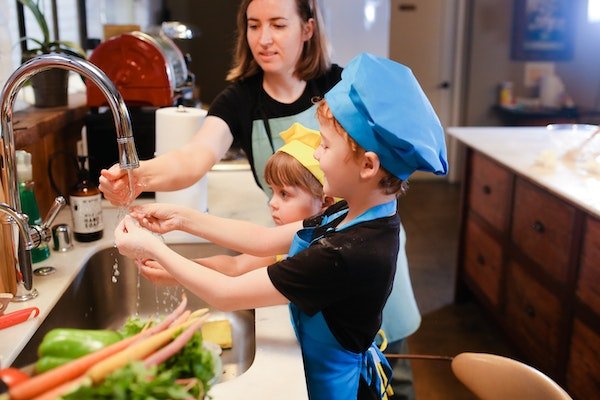The summer break seems to roll around quicker and quicker every year. Without much notice, you have to drop everything you’re doing and dedicate six weeks to your children. There is very little routine, less structure and a lot more planning to be done to keep your youngsters happy and occupied during the summer break. If you’re hoping to enjoy a relaxing summer, there are a handful of things to consider, whether you’re getting the house in order or planning a tonne of playdates with local friends. All things considered, you should soon be able to enjoy a relaxing summer at home with your young family without going too stir crazy!
Get Your Air Conditioning Serviced
What’s one of the worst things that could go wrong at home whilst you’re trying to enjoy a peaceful and relaxing summer with your children? The air conditioning breaks and causes everyone to become hot, sweaty and irritable. Looking into a reliable hvac service sooner rather than later can prevent these types of scenarios from occurring. Luckily, there are plenty of experienced companies who are committed to delivering high quality services to their customers to ensure their cooling systems are working effectively for the summer time.
Stock Up on Activities and Games
There is nothing more frustrating than hearing the words “I’m bored!” when you’re trying to enjoy the summer break with your kids. Stocking up on activities and games now will help you to cure any ounce of boredom as soon as it creeps up. Whether you’re conducting super fun science experiments or you’re baking in the kitchen together, there are a whole host of activities for you to enjoy as a family. Instead of manically ordering your games and activities online during the peak summer period, why not get it done now so that you’re super organized?
Make Playdate Plans With Friends
Parenting is so much easier when you’re surrounded by supportive people who you love. Planning plenty of playdates with your friends during the summer will help you to get through the extended period unscathed and it will also keep your kids happy too. Enjoying summer activities with your friends is a surefire way to ensure that you’re enjoying your time off too. You may need to work some days and get some help with your children, but then you can sit back and relax whilst you hang out with your nearest and dearest.
Getting an extended period of time at home with your family should feel like a blessing, especially as they’re getting older and these opportunities are few and far between. You deserve to enjoy this time with your family and take the pressure off your shoulders when the time comes around. This does mean getting ahead of yourself and organizing a handful of administrative tasks around the home. Whether you’re getting the air conditioning serviced or you’re planning some cool activities, you can enjoy a peaceful, wholesome and fun summer with the people you love the most!








